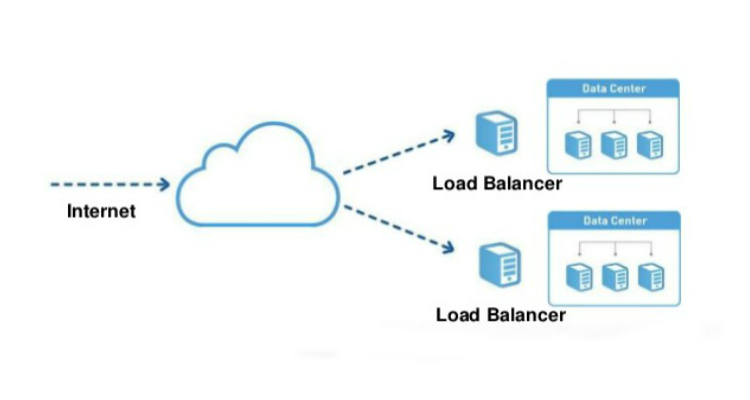In the ever-evolving landscape of cloud hosting, efficient resource utilization and optimal performance are critical factors for businesses.
Load balancing emerges as a key solution to address these challenges, ensuring seamless operations, high availability, and improved user experiences.
This article explores the significance of load balancing in cloud hosting, its benefits, and how it contributes to the overall success of cloud-based applications.
Understanding Load Balancing
Load balancing is a crucial mechanism that distributes incoming network traffic across multiple servers, preventing any single server from becoming overwhelmed with too much demand.
In the context of cloud hosting, where resources are often dynamically allocated, load balancing plays a pivotal role in optimizing resource usage and maintaining system stability.
Benefits of Load Balancing in Cloud Hosting
Enhanced Performance:
Load balancing ensures that workloads are evenly distributed among servers, preventing any single server from becoming a bottleneck. This results in optimized performance and responsiveness of applications, ultimately enhancing the user experience.
High Availability:
By distributing traffic across multiple servers, load balancing contributes to high availability. In the event of a server failure, traffic is automatically redirected to healthy servers, minimizing downtime and ensuring continuous service availability.
Scalability:
Cloud environments are designed to be scalable, and load balancing facilitates seamless scalability by efficiently distributing incoming requests among a pool of servers. This elasticity allows businesses to handle varying workloads without compromising performance.
Fault Tolerance:
Load balancers are equipped with mechanisms to detect and respond to server failures. When a server becomes unavailable, the load balancer redirects traffic to healthy servers, ensuring that applications remain operational and unaffected by potential failures.
Cost Optimization:
Load balancing contributes to resource efficiency by preventing the overuse of specific servers. This optimization not only improves performance but also helps in cost management by avoiding unnecessary scaling or resource allocation.
Global Server Load Balancing (GSLB):
For businesses with a global presence, GSLB enables the distribution of traffic across multiple data centers or geographic locations. This not only improves performance but also enhances redundancy and disaster recovery capabilities.
Conclusion
In the dynamic realm of cloud hosting, load balancing emerges as a linchpin for achieving optimal performance, high availability, and efficient resource utilization.
Businesses leveraging cloud-based applications stand to benefit significantly from implementing robust load balancing strategies.
As technology continues to advance, load balancing will remain a cornerstone in ensuring the reliability and scalability of cloud-hosted services.

